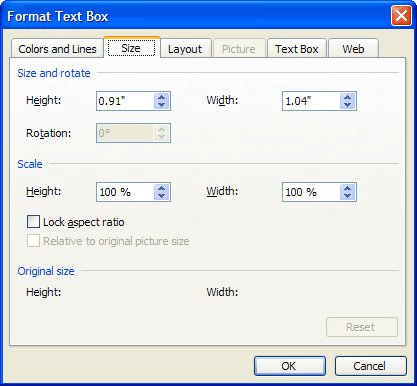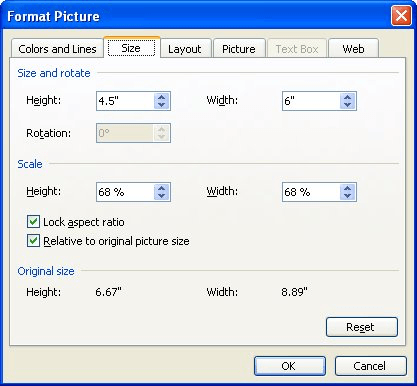Written by Allen Wyatt (last updated February 19, 2022)
This tip applies to Word 97, 2000, 2002, and 2003
It is not uncommon for people who do lots of mailing to purchase a bulk-mail permit from the Post Office. You pay the local Post Office an annual fee, and they grant you a permit number that you can use for your mailings, in lieu of stamps. (You still have to pay them, of course. You just don't need to put a stamp on each piece you want to mail.)
With the permit in hand, it is normal to print the permit number in the upper right corner of the envelope, where the stamp is normally located. The verbiage is typically something like "US Postage Paid St. Louis, MO Permit No. 555." The exact wording can vary, depending on what you are mailing and the exact type of permit you are using.
You can either place the permit text within a text box, or you can create a graphic that contains the permit text. The text box or graphic can then be placed on the envelope you are using. If you are using Mail Merge to create your envelopes, you can place the graphic or text box on the envelope just before the merge, so it will be there on each created document.
If you plan on using a text box to hold your permit information, the following general steps will help in creating the envelopes properly:

Figure 1. The Size tab of the Format Text Box dialog box.
That's it! Your placeholder is on your envelope, and you are ready to print. If you want to place a graphic on the envelope instead of a text box, then you can follow these general steps:

Figure 2. The Size tab of the Format Picture dialog box.
You should now be able to print your envelopes (or do your Mail Merge) as desired.
WordTips is your source for cost-effective Microsoft Word training. (Microsoft Word is the most popular word processing software in the world.) This tip (1895) applies to Microsoft Word 97, 2000, 2002, and 2003.

Create Custom Apps with VBA! Discover how to extend the capabilities of Office 365 applications with VBA programming. Written in clear terms and understandable language, the book includes systematic tutorials and contains both intermediate and advanced content for experienced VB developers. Designed to be comprehensive, the book addresses not just one Office application, but the entire Office suite. Check out Mastering VBA for Microsoft Office 365 today!
Need to customize the way that Word prints envelopes? There are a couple of approaches you can use, as discussed in this tip.
Discover MoreAdding a Facing Identification Mark (FIM) barcode to your envelopes.
Discover MoreNeed to print envelopes quite often? An easy way to do it is to create an envelope template, as described in this tip.
Discover MoreFREE SERVICE: Get tips like this every week in WordTips, a free productivity newsletter. Enter your address and click "Subscribe."
There are currently no comments for this tip. (Be the first to leave your comment—just use the simple form above!)
Got a version of Word that uses the menu interface (Word 97, Word 2000, Word 2002, or Word 2003)? This site is for you! If you use a later version of Word, visit our WordTips site focusing on the ribbon interface.
Visit the WordTips channel on YouTube
FREE SERVICE: Get tips like this every week in WordTips, a free productivity newsletter. Enter your address and click "Subscribe."
Copyright © 2026 Sharon Parq Associates, Inc.
Comments